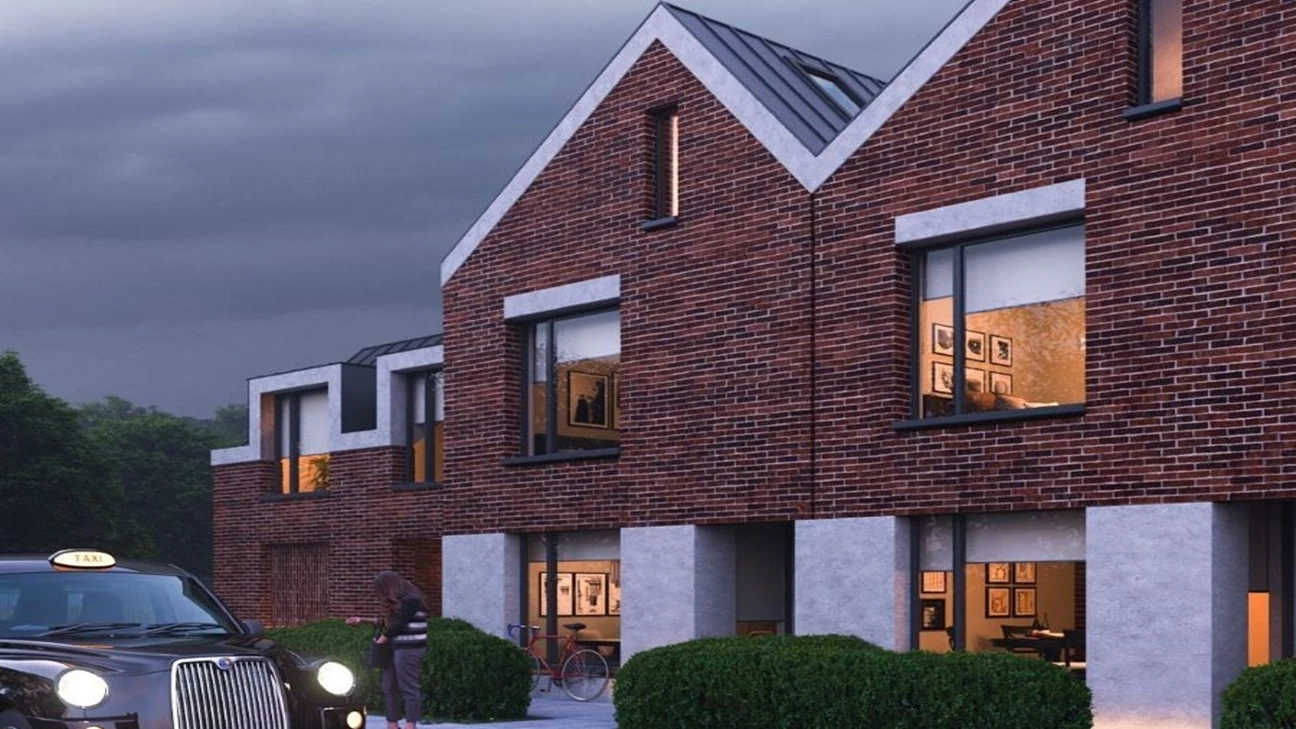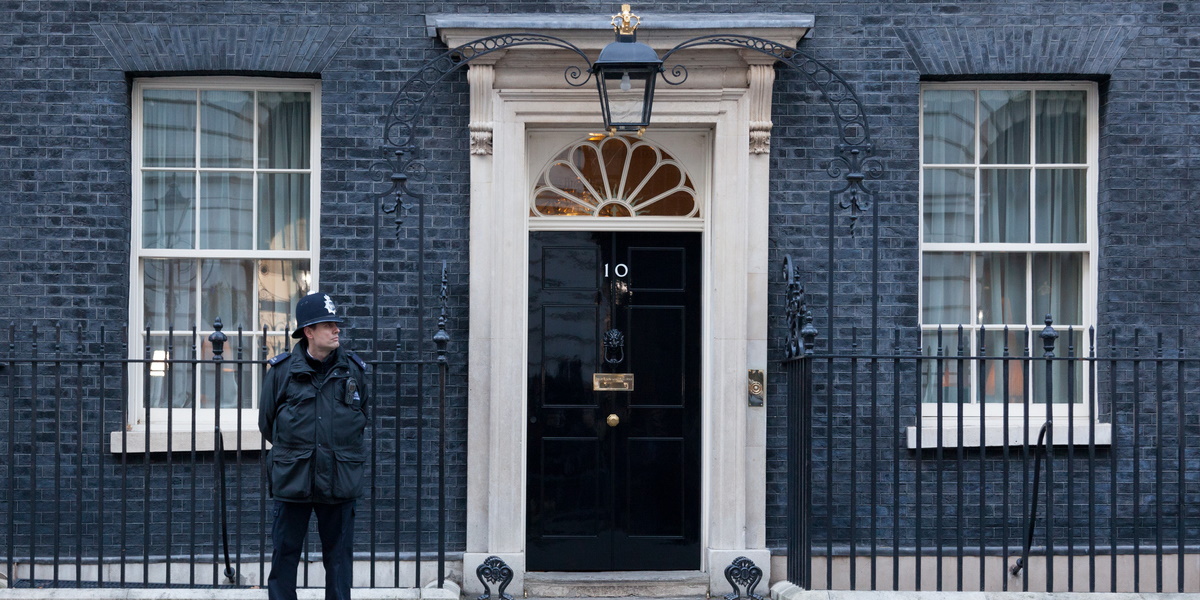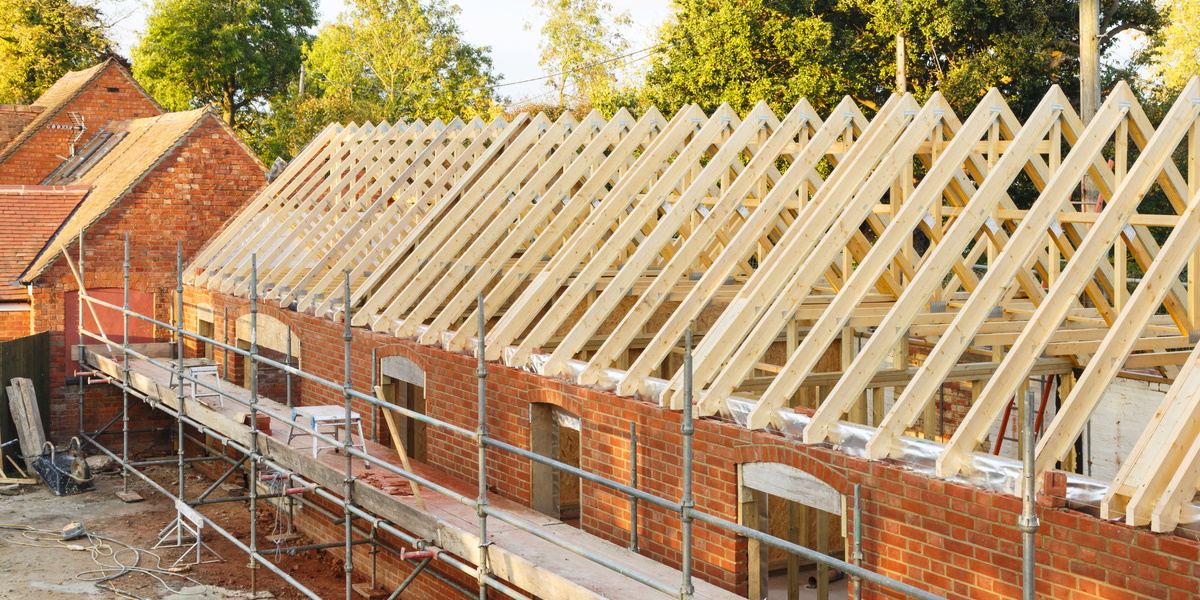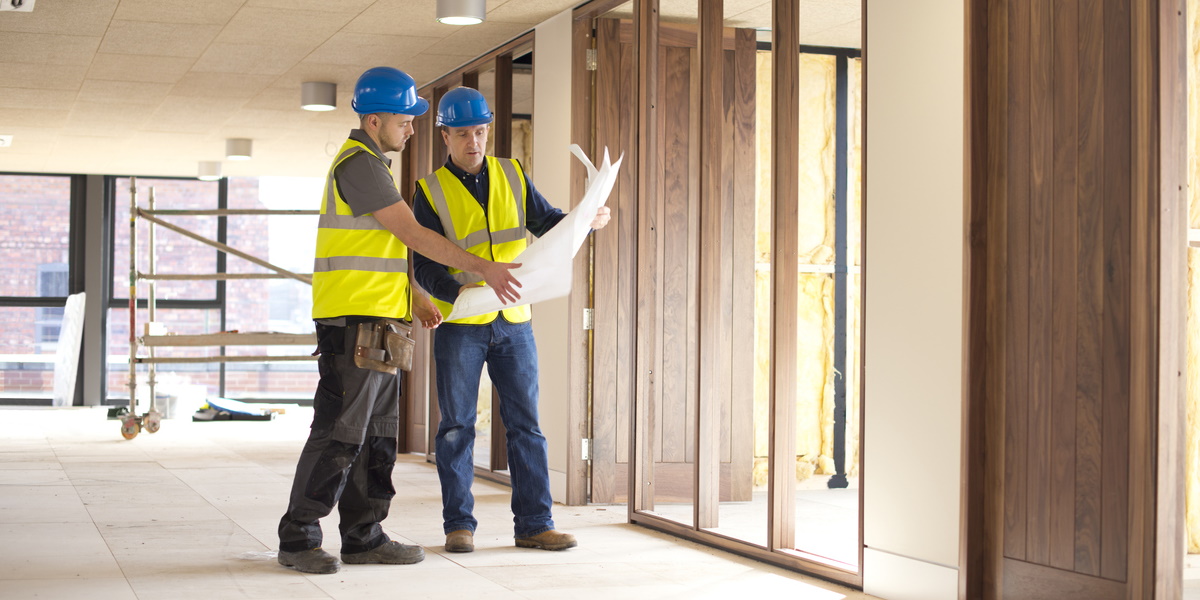
27/05/2022
For Housebuilders, Homeworking is a Development Opportunity
It’s tempting to assume that something only exists when there’s a name for it.
For years, many people have periodically worked at home without calling it anything other than ‘work’. But months of lockdown living forced millions of us to perform our jobs entirely from home for the first time, and ‘working from home’ entered the collective consciousness as a universal, if not entirely new, phenomenon.
Now with lockdown restrictions firmly behind us, the pandemic has fundamentally altered many people’s work and commuting patterns – and millions of Britons are still working from home at least some of the time.
This week the Office for National Statistics reported that at the start of May, 38% of workers across the UK had worked from home at some point over the previous week. One in seven were working exclusively from home, and a quarter were ‘hybrid working’ – splitting their work time between home and a workplace.
The ONS found that 84% of those who had to work from home during lockdown now plan to split their time between working from home and their place of work, and 8% told ONS researchers that they plan to return to their former place of work permanently. How this plays out as life returns to normal remains to be seen but the statistics from the ONS are unambiguous.
This does not mean the days of the traditional workplace are numbered. Thousands of people have jobs that cannot be done from home, and will continue to travel to work every day.
Given the evident popularity of hybrid working among employees, and the tightness of the labour market, some employers are offering working from home as a way to attract recruits.
Nearly a quarter (23%) of businesses told the ONS that they are already using, or intend to use, homeworking as a permanent part of their business model.
In other words for now, hybrid working is here to stay for a sizeable part of the workforce.
That’s why the shift in what many people want from a home is also here to stay.
This trend has important implications for property developers. Those who capitalise on it best stand to gain a considerable advantage in the current market.
A laptop perched on the kitchen table no longer cuts it
Among the professionals who are able to do their job from home, there’s a growing distinction between ‘working from home’ and ‘working at home’.
Working in the home for extended periods is now a choice rather than a lockdown requirement. Those doing so are no longer willing to perch their work on the kitchen table, and are instead seeking ways to create a dedicated workspace at home.
The most astute property developers have already identified this trend, and are adjusting their designs accordingly.
In houses, this often means open plan living – with a designated workspace now seen as being as important as a light and airy kitchen at the heart of the home.
Outside space has long been high up many buyers’ wishlists, but it soared in popularity during lockdown – when it provided a respite for those unable to leave their home. Thoughtful developers are now making the garden part of the living and working space.
It’s often smaller developers, rather than the national housebuilders, who are the most agile when it comes to responding to changing buyer tastes.
An impressive example of this responsiveness in action is an Atelier-financed scheme of eight townhouses that the developer Placemakers London is currently building on a brownfield site in Crystal Palace, Southeast London (pictured above).
The development has been designed with future living and working in mind. Each home has a carport fitted with an Electric Vehicle charging point, and uses an energy-saving air-to-water heating system in lieu of a conventional gas boiler. The homes are also fitted with solar panels and a rainwater recycling system, which collects runoff from the roof to flush toilets.
Coupled with the latest insulation technology, such features will make the £7.5m development 40% more energy efficient than current Building Regulations require. For development director Ken Drumm, such touches aren’t novelties, they’re pragmatic “future-proofing” for buyers who are likely to be working from home at least some of the time, and thus keen to keep their energy consumption down.
Little touches can make a big difference too. The designers didn’t just incorporate a workspace in each property – they also thought about how to make the backdrop look as attractive as possible for future owners’ video calls.
90 is the new 60
The popularity of hybrid working is likely to continue the redrawing of the property map.
While those working entirely from home can in theory live anywhere, hybrid workers will still want to be within commuting distance of their workplace. For them it’s a case of extending, rather than cutting, the cord.
But people’s view of what is a reasonable journey to work will vary depending on how many days a week they have to go in.
Workers who once drew the line at a 60-minute daily commute might be willing to travel for 90 minutes each way if they’re now only travelling in three days a week.
Developers researching potential sites therefore need to bear in mind how the ‘catchment area’ of potential buyers will have shifted with the rise of hybrid working.
Homes built on sites that were once deemed too far from a major city to be commutable, and thus saw discounted land values, may now be able to command a hybrid commuter premium.
It’s worth remembering that hybrid workers are likely to be professionals, and thus wealthier than the average buyer. The ONS data shows that 61% of workers who earn more than £40,000 were either hybrid working, or working entirely from home, at the start of May.
For property developers, this leads to two striking conclusions. Firstly, hybrid workers are a wealthy, and growing, buyer demographic. And crucially, their new working patterns mean that homes built on cheaper sites, further out from major cities, can appeal to them just as much as those built in traditional, more expensive, commuter hotspots.
Hybrid homes for hybrid workers
Deciding whether the shift to hybrid working is permanent or cyclical is a question that remains to be answered.
The question for those of us who aim to develop and finance homes that people want to buy is different; what does the rise of hybrid working mean for buyer priorities when it comes to property design and location?
The current market is beset with uncertainty – from land values to material costs and availability – but one thing is clear: there is a sizeable number of buyers who want a home where they can work some of the time and commute from the rest of the week.
Pandemic-era predictions of a boom in demand for remote farmhouses in rural idylls where professionals can homework forever now look hopelessly out of date.
But opportunities abound for developers willing to build hybrid homes for hybrid workers. Even in a frothy and increasingly fragile market, homes that offer a winning combination of ‘homeworkability’ and commutability are likely to command strong values.









